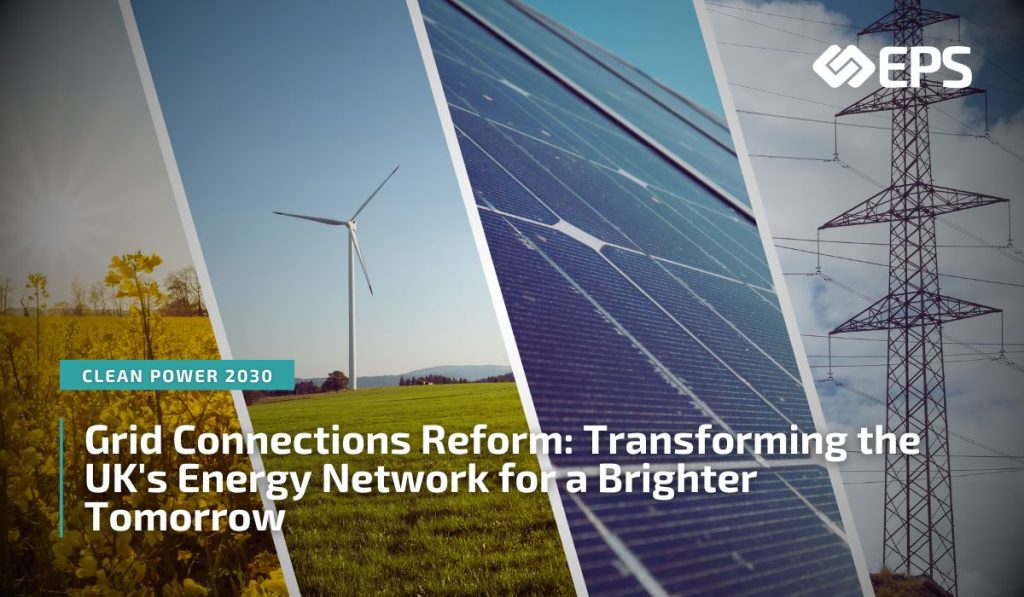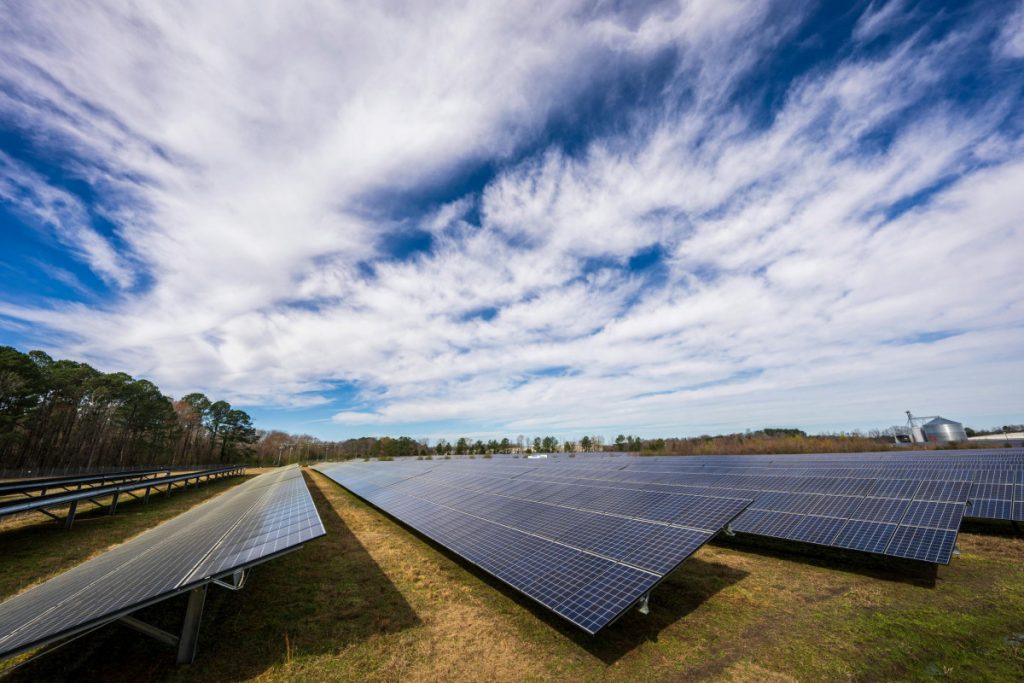Net-Zero and the Road Ahead

The UK aims to reach net-zero emissions by 2050, requiring major advancements in renewable energy and grid infrastructure. However, long delays in connecting projects to the electricity grid—sometimes extending to 2036 or beyond—have hindered progress. NESO’s Connections Reform could be instrumental in addressing these roadblocks and supporting the UK’s transition to a sustainable energy future. They aim to streamline the connection process ensuring that viable clean energy projects are connected seamlessly.
Current Challenges of the Grid Connection Process
The UK’s electricity grid is facing severe congestion, delaying the connection of new energy projects, with some waiting until 2036 or beyond. As of March 2024, the backlog has reached 701 gigawatts (GW) and this figure is expected to grow to 800 GW by the end of 2025. This far surpasses the UK’s projected energy demand for 2050, creating an urgent need for change. One of the main issues impacting our ability to meet CP2030 is the “first-come, first-served” system. This outdated approach allows speculative and underdeveloped projects to hold up connection spots, delaying ready-to-go renewable energy sources.
Key Aspects of NESO’s Grid Connection Reform
NESO’s Connections Reform introduces three major changes designed to enhance efficiency, prioritise viable projects, and accelerate grid connection timelines:
- Implementation of the TM04+ Gated Process:
NESO is introducing a gated process where projects must meet strict criteria at different stages before moving forward. The TMO4+ model prioritises projects based on their readiness and necessity to the energy system. This will help clear speculative projects from the queue and ensure only serious, viable developments proceed. - Integration of CP2030:
CP2030 (Clean Power 2030) introduces a standardised framework that aligns new connections with long-term energy infrastructure planning. This helps to reduce inefficiencies while maximising the impact of renewables. Also, this initiative will work well alongside the TM04+ model. It will ensure that projects critical to meeting net-zero targets receive priority in the queue. - Temporary Suspension of New Connection Applications:
NESO has paused new connection applications from January 29, 2025, to facilitate a smooth transition to the new process. This is a temporary measure that will speed up the grid connection process. It gives grid operators the necessary time to restructure the queue and implement new measures. - Application Windows and Project Milestones
Under the new system, connection applications must be made during designated windows. Also, projects are required to meet specific progress milestones to maintain their place in the queue. These changes will help to weed out inactive projects and speculative developments from causing further delays.
Expected Benefits from Grid Reform
NESO’s grid connection reform intends to drastically improve the UK’s grid connection process, delivering the following key benefits:
- Faster Integration of Renewable Energy: Prioritising active renewable projects will speed the transition to clean power sources such as wind and solar.
- A More Efficient Grid Connection Queue: Enforcing progress milestones ensures only viable projects remain in the queue, reducing unnecessary grid congestion.
- Better Strategic Planning: A more structured approach allows for better alignment between energy demand and infrastructure expansion.

Industry Reactions and Future Outlook
Strong backing for these reforms has been received from Ofgem, which sees them as essential to addressing inefficiencies and accelerating our progress towards achieving net zero targets. Also, to ensure these changes deliver real impact, the UK government has expressed interest in collaborating with NESO to align policy with technical requirements.
In the renewables sector, where connection delays have long hindered progress, these changes are welcomed by industry stakeholders. The reforms are seen as a significant step toward unlocking the full potential of renewable energy in the UK. However, concerns remain that without further action on planning and infrastructure investment, these reforms run the risk of merely shifting bottlenecks rather than eliminating them. As such, to ensure these reforms deliver their intended outcome, ongoing collaboration and evaluation are required.
Summary
The Connections Reform by NESO intends to transform how energy projects connect to the UK’s electricity grid. By prioritising readiness, implementing structured milestones, and addressing the backlog, NESO aims to pave the way towards a cleaner, more efficient energy future.
Additional Grid Connection References
- Ofgem (2024), Monitoring progress on connections reform. Available at: https://www.ofgem.gov.uk/blog/monitoring-progress-connections-reform
- DESNZ and Ofgem (2024) Open letter from DESNZ and Ofgem: Aligning grid connections with strategic plans (5 November 2024). Available at:
https://www.gov.uk/government/publications/aligning-grid-connections-with-strategic-plans/open-letter-from-desnz-and-ofgem-aligning-grid-connections-with-strategic-plans-5-november-2024 - Herbert Smith Freehills (2025) Clean Power 2030: Connections reform – first ready and needed, first connected. Available at:
https://www.herbertsmithfreehills.com/notes/energy/2025-posts/Clean-Power-2030–Connections-reform—-first-ready-and-needed%2C-first-connected-









